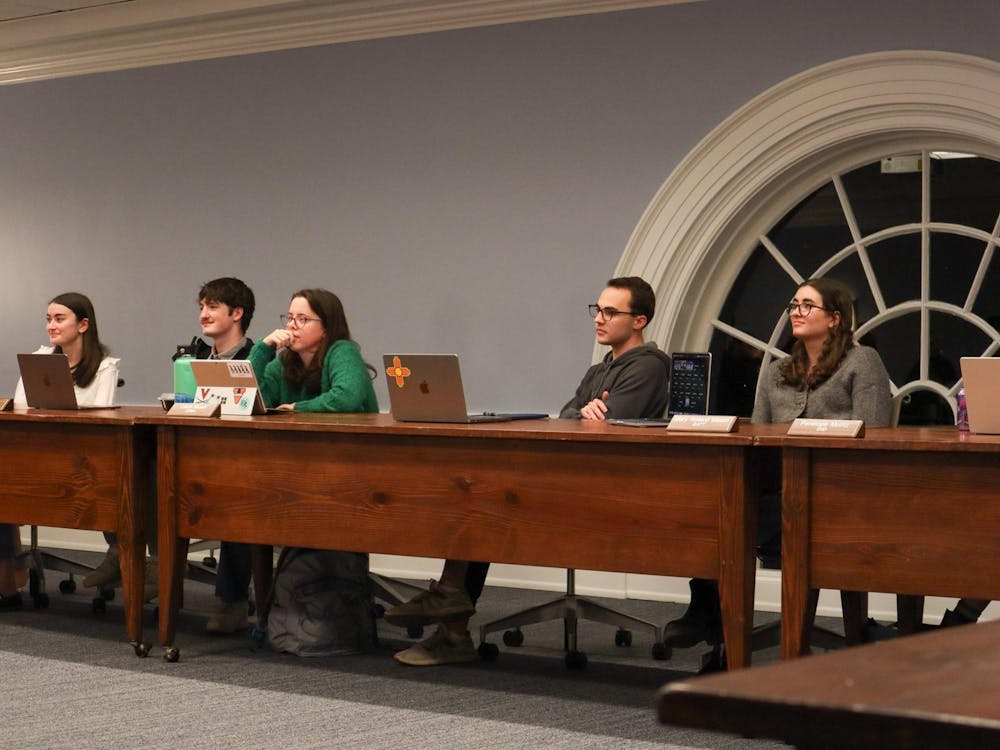"I relinquished my will and identification with personality and individuality, setting aside my sense of self," said Linda Stewart of Hamden, Connecticut, in an e-mail interview with The Cavalier Daily.
Describing her near-death experience, Stewart said, "I felt a strange detachment from my physical body and the life I had created."
Blurring the boundaries between science and religion, reality and dreams, the existence of near-death experiences is controversial. Some claim their lives have been changed by a near death experience, while others consider them to be a joke or a hoax.
New research shows that people who have near death experiences are not crazy.
"While some people see near-death experiences as a sign of mental illness, research shows that people who have them are mentally normal," University Psychiatric Medicine Prof. Bruce Greyson said.
Greyson has taken steps to explain why people who nearly die feel strange sensations and released a study Feb. 5 purporting that near death experiences involve the psychological phenomenon of dissociation.
Dissociation is a common response to stress, in which individuals separate their thoughts and feelings from their normal stream of consciousness and memory.
Dr. Patricia Llewellyn, associate professor of psychology and director of the Ainsworth Clinic, described dissociation as a type of anxiety disorder.
Greyson's analysis revealed individuals who had near-death experiences displayed more symptoms of dissociation than those who did not.
In its severest form, known as pathological dissociation, individuals can block out entire sections of their life, Greyson said. In individuals who had near-death experiences, however, a milder, benign dissociation was noted.
In the study, Greyson examined the behavior of 134 individuals who had written in about their experiences coming close to death and then were asked to complete a questionnaire.
Although some of these individuals actually had been pronounced dead and then returned to life, such cases were the minority.
Of those interviewed, 96 claimed to have had a near-death experience, while the remaining 38 did not report such an experience.
Although, Stewart did not participate in Greyson's study, many of the sensations she described as part of her near-death experience were similar to those Greyson mentioned.
"They feel overwhelming peace [and] a sense of well-being," said Greyson, describing some of the most common sensations ascribed to near-death experiences.
Other frequently reported features of near-death experiences included out-of-body experiences, in which a person watched themselves from above, saw deceased relatives or watched a review of their life.
Of the study, Greyson said there are, however, inherent problems with using surveys as evidence.
As with any study in which people are interviewed, determining if their responses are truthful can be difficult, Greyson revealed. One way of establishing an account's credibility is through comparison with patterns evidenced in previous cases.
Another method of verification, in the case of out-of-body experiences that occurred in a hospital setting, is through checking an individual's claim against reports made by others present at the scene, such as doctors and nurses.
Although the study was not entirely conclusive, researchers are now closer to understanding the factors behind near-death experiences. The dissociation many patients experienced was their method of coping with the harrowing experience of coming so close to death, Greyson said.






